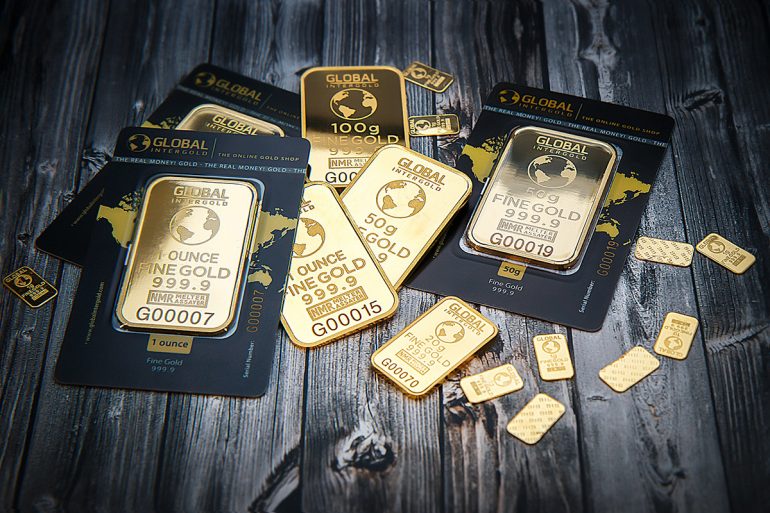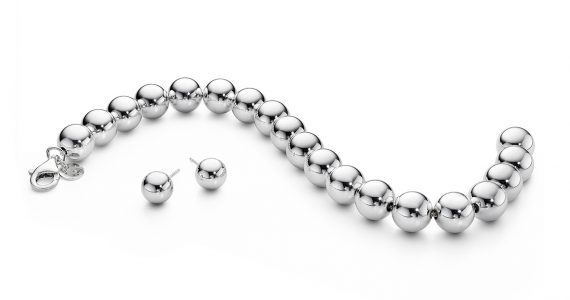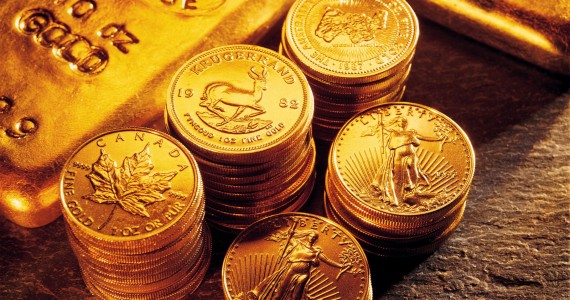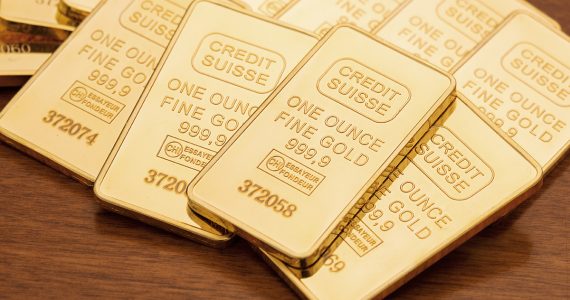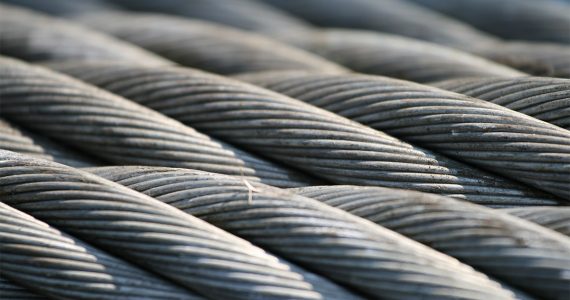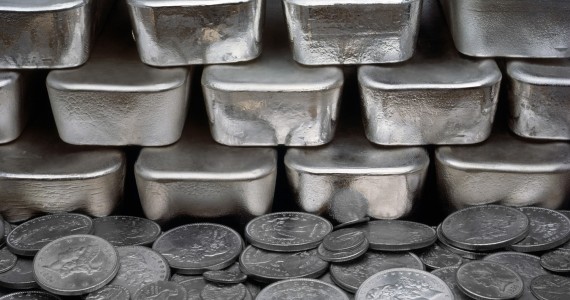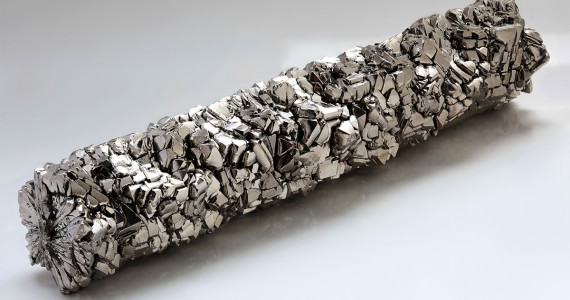Gold and silver investments are a great way of diversifying your portfolio, particularly when you’re looking for a hedge against economic and political uncertainties. What then are the ways of making gold and silver investments that beginners can consider first, mainly because these are easier to understand? Here are two of these ways.
Method #1: Physical Gold and Silver in Coins, Bars and Bullions
The most obvious, not to mention the oldest, method of investing in these precious metals is to buy them in coins, bars and bullions. Obviously, the quantity of gold and silver – both in financial and physical terms – that you can purchase will depend on your personal capacity, your financial goals, and your storage capability, as well as your actual access to these items. You may also buy gold and silver jewelry, if you don’t have actual or financial access to coins, bars and bullions yet.
The main advantage of making a physical investment is it’s the easiest and safest way. When we say safest, we mean that you don’t have to deal with the uncertainties including the volatile price movements and risk of fund mismanagement that comes with the virtual method. You can go to a reputable vendor, buy your desired precious metals investments, and keep them in a safe place – and that’s about it until you decide to sell them for a profit.
But therein lies the rub, too. Physical gold and silver should be stored in a safe and secure place, which can be tricky when you’re carrying large amounts of them. You can keep them in a hidden safe in your home, for example, and keep your mouth shut about your possession of them so as not to attract the attention of thieves.
If you were to ask us, we think that it’s a good idea to have a few or several gold coins tucked away in your home, perhaps with a few thousand in cold cash for emergencies. Gold and silver can be traded even without the need for formal markets – if necessary, you can barter a gold coin for necessities in the aftermath of a natural disaster, such as a super-typhoon. You will then have a way of surviving even when the electronic payment networks and banking systems are down.
Keeping a few gold coins tucked away in a safe is good enough. But when you have purchased larger amounts of precious metals, you should store them in an offsite safe and secure facility. You have to pay regular fees, a cost that should be weighed against the possibility of profits.
Method #2: Gold and Silver in Options and ETFs
Exchange-traded funds (ETFs) and options are suitable for investors who don’t want to buy physical gold and silver in large quantities yet want the benefit of diversification through precious metals investments. The main advantage here is their extremely high liquidity as well as the fact that you can easily buy and sell them using your brokerage account.
You will then be able to enjoy the benefits of rebalancing your investment portfolio quickly and easily. You can also benefit from the hassle-free trading process and the affordable fees. In the past, too, gold and silver ETFs were relatively expensive but as these are becoming cheaper, it’s possible for investors with more modest means to invest in them.
The main disadvantage with options and ETFs is the absence of catastrophe insurance, so to speak, which is present in physical gold and silver assets. You can redeem ETFs for precious metals, too, aside from the fact that you can’t actually possess the gold and silver. You can’t tap into these investments, too, in case of a market crash or a natural disaster.
But these are minor inconveniences in relation to the benefits of options and ETFs. You can, for one thing, sell your options on ETFs so as to gain income or leverage from the sale.
Here’s a basic way of doing so:
- Find an ETF holding gold or silver, whichever is your desired precious metal investment. Be sure that it has a liquid options market, too.
- Sell cash-secured put options for shares at a strike price below the present market price.
- In case the put options expired without being exercised, you can keep the profits and sell the puts again. If these are exercised, you can sell the covered call options for a profit, usually at a higher strike price than the purchase price but higher than the current market price.
- Sell the covered calls until such time all your options are exercised and your shares are sold.
You can do these steps over and over again, a process known as option-weaving that provides more opportunities to higher option income.
For beginners in commodities trading including options and ETFs, the process can be confusing and intimidating. Read up on the market and its movements, principles and practices, and players first before buying your first ETFs. At the very least, you won’t be on the losing end as much as you feared.

